What are Echinoderms?
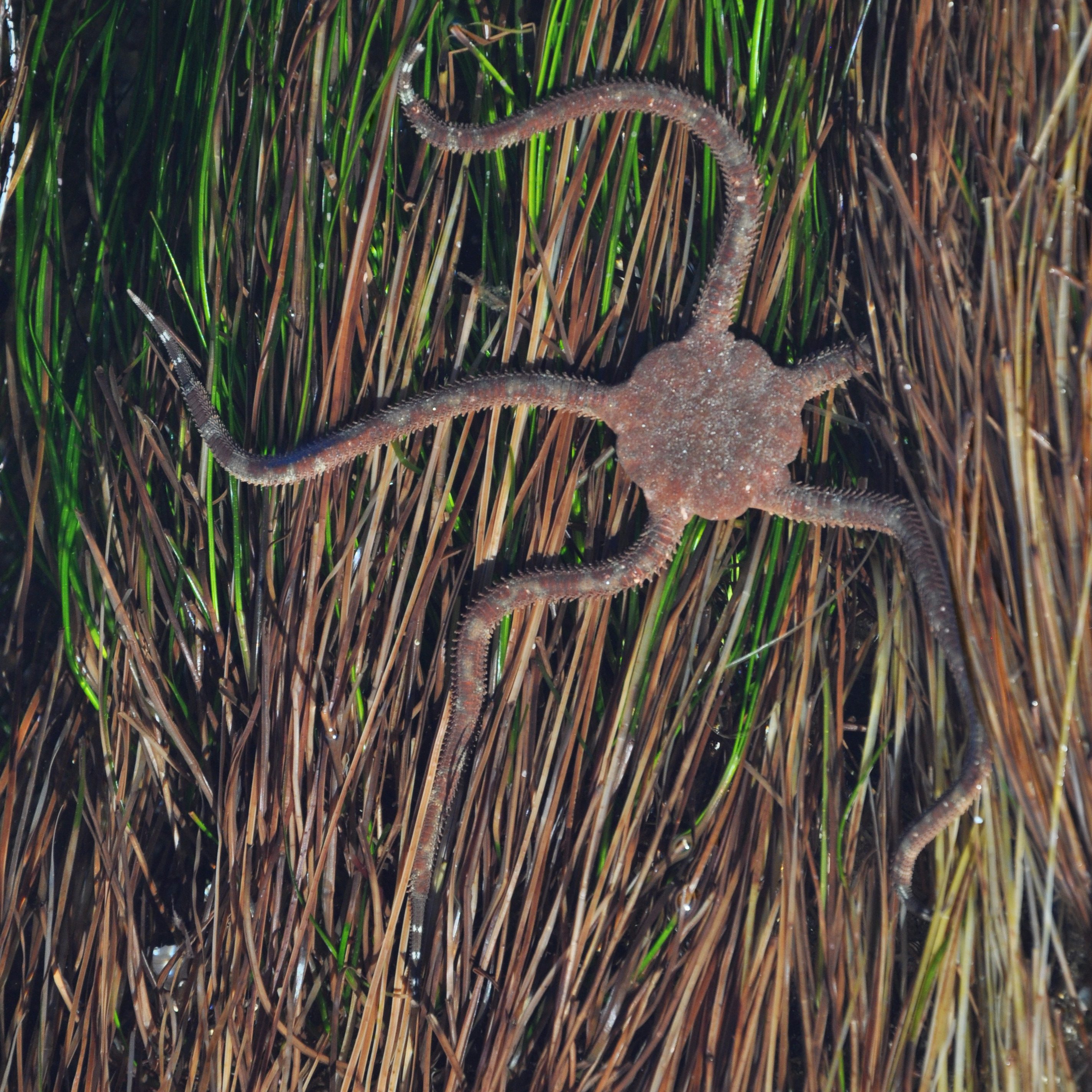
For the beginner tidepooler, one of the most exciting animals to find is the sea star: large, colorful, bizarre and beautiful. There are no terrestrial sea stars. Neither are there any freshwater sea stars. Only in the sea can you find one of these animals.
The sea stars, and many other animals you will see in the intertidal, belong to a group called echinoderms. The word comes from the Greek echinos that means spiny, and derma which means skin. The “spiny-skins” are some of the most fascinating animals found in the seas, but they aren’t well understood by us land-dwellers. What are their lives like? How are they similar to each other? What kinds of animals even are echinoderms? From the wormlike sea cucumbers to the spindly brittle stars to heavily armored sea urchins, echinoderms are like nothing you have seen anywhere before.
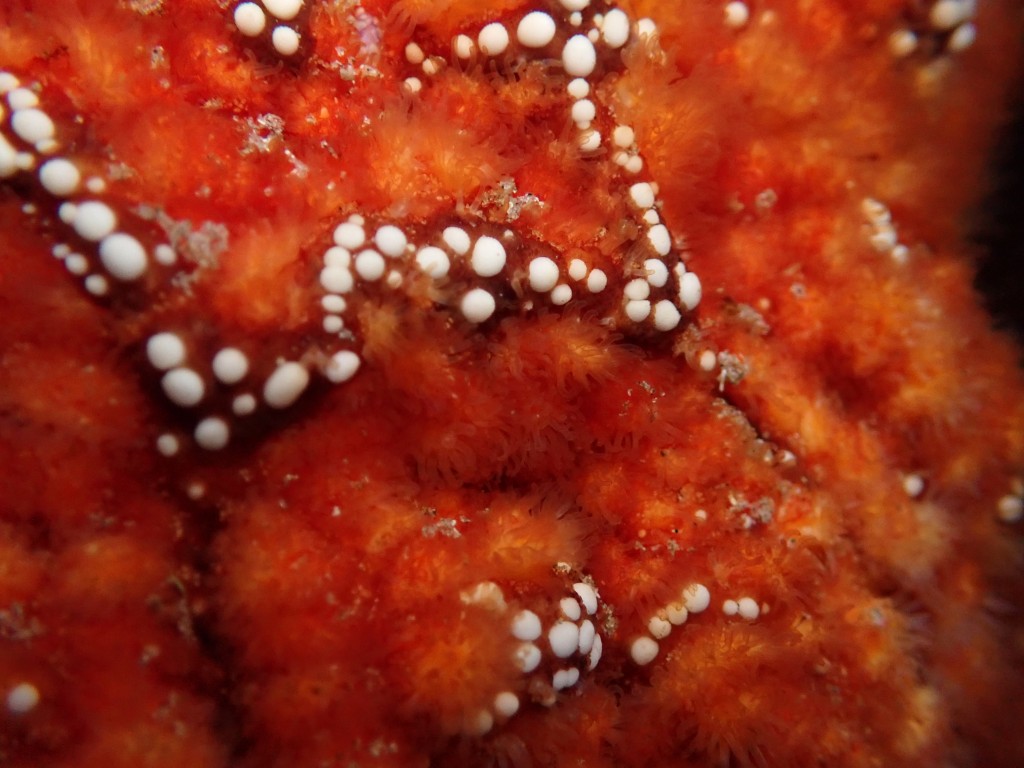
What Animals are Echinoderms?
Phylum Echinodermata has about 7000 living species of animals and hundreds more that are extinct and only known from fossil records.
Sea Stars
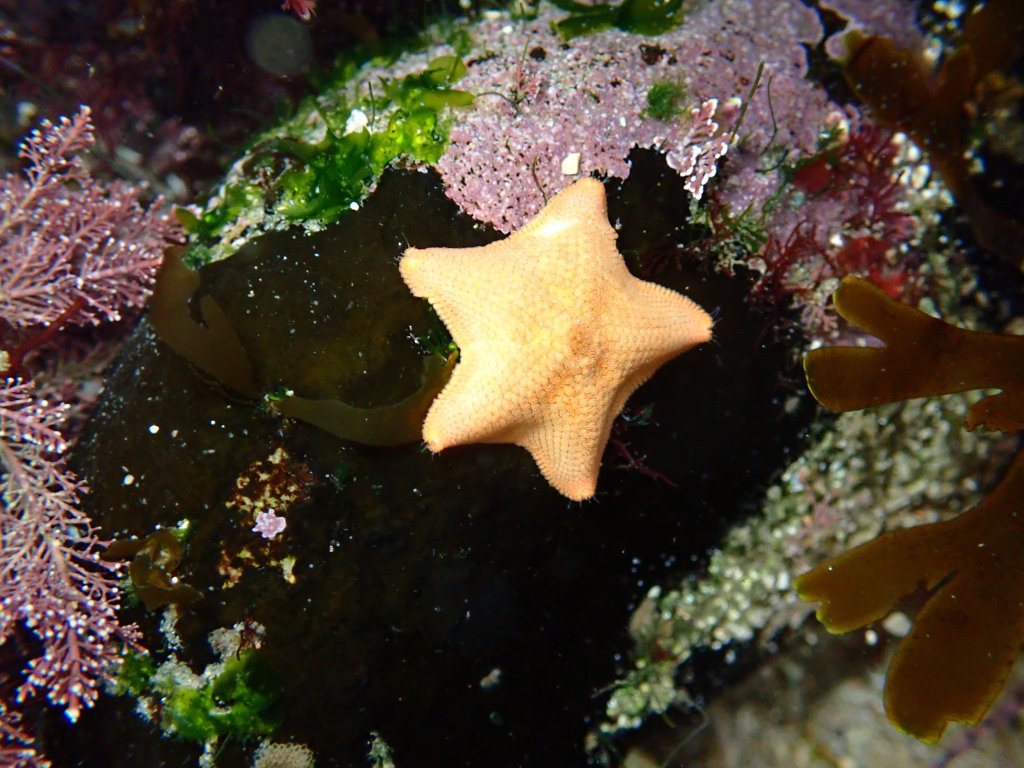
The most well known group of echinoderms is the sea stars (class Asteroidea). Usually five-armed but sometimes more, these animals are well known in the intertidal. Although they are very slow moving and don’t appear very intimidating, most sea stars are voracious predators. The ochre sea star (Pisaster ochraceus) native to our West Coast is a keystone species in the intertidal, keeping mussel and other sessile invertebrates populations in check. They are all benthic animals, living on the ocean floor and moving with hundreds of tube feet that slowly inch the star across the substrate. Sea stars come in a wide range of colors, sizes, patterns, and shapes and can be seen in nearly every intertidal zone around the world.
Brittle Stars

The brittle stars (class Ophiuroidea) are often lumped in with sea stars because they are also star shaped, but they are their own group of animals. Their scientific name, Ophiuroidea, comes from Ancient Greek words that mean “serpent tail,” certainly an apt description of these animals and their snake-like arms. Instead of tube feet, brittle stars move by pulling themselves along with these long and very mobile arms. Much faster and often smaller than sea stars, brittle stars don’t have the same staying power on the rocks as their slower cousins, so they prefer coasts more sheltered from the waves. Many species are nocturnal; you often only see an arm or two sticking out from under a rock during the day.
Sea Urchins
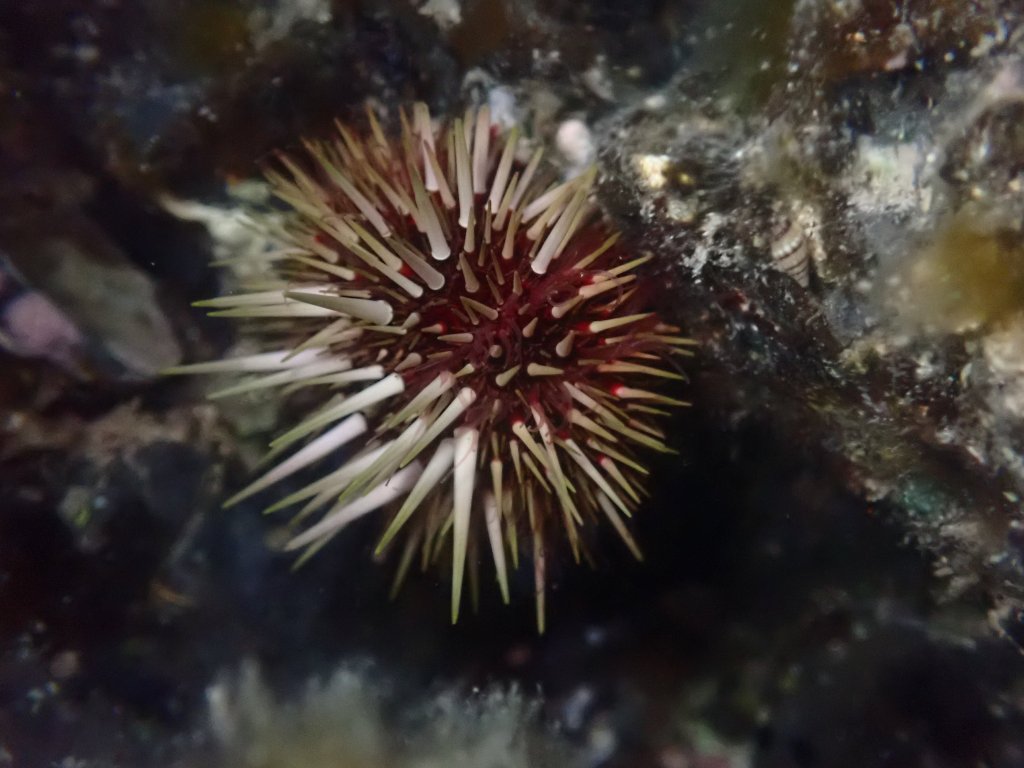
The sea urchins (Class Echinoidea) are another well known group of echinoderms for their very obviously spiny appearance. Instead of a star shape, urchins are usually round, either a circle or a sphere. Many that we West Coast Americans are familiar with are very efficient grazers, sometimes moving in herds of hundreds at a time devouring all the algae and kelp in their path. Urchins have tube feet like sea stars and so move rather slowly but have great strength against the waves. While most urchins actually have spines, some are not so obvious. The shingle urchin (Colobocentrotus atratus) in Hawaii has spines that are blunt and arranged like plates of armor to further resist wave shock. Sand dollars are also in this group, although they are sand dwellers that filter feed.
Sea Cucumbers
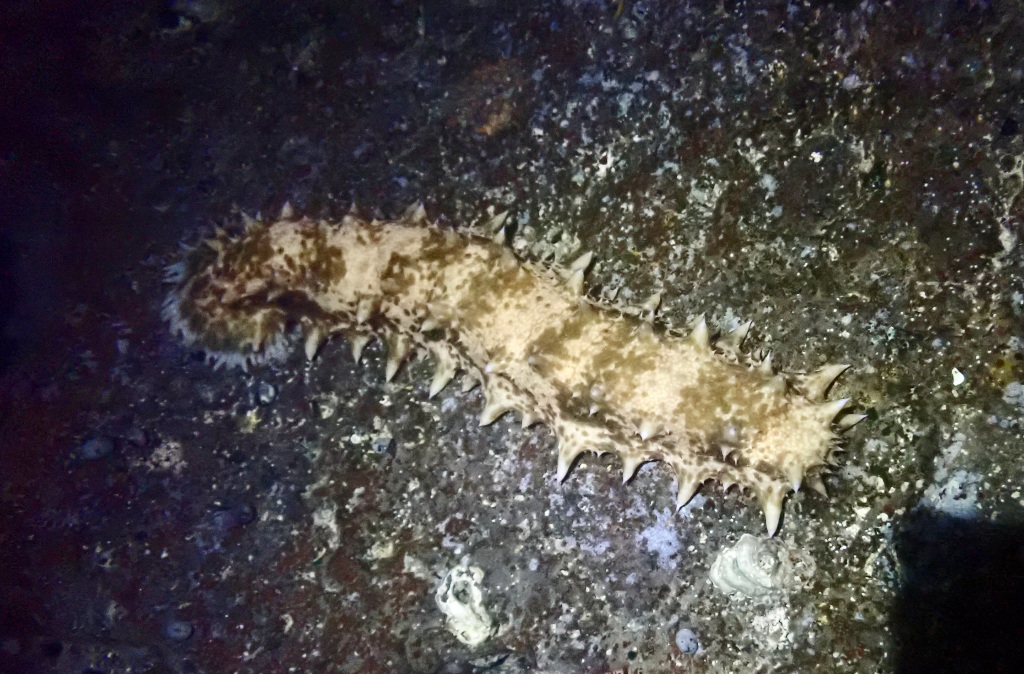
Sea cucumbers (Class Holothuroidea) do indeed resemble a more-or-less elongated, lumpy vegetable. Perhaps the least obviously “spiny” of the echinoderms, sea cucumbers are widespread across the world’s oceans, although the West Coast only has a few commonly seen species. The name of the their class, Holothuroidea, comes from the Greek meaning violent expulsion, which refers to an odd method of defense in some species. When threatened, they will expel their internal organs to distract a predator. They have the ability to regrow their organs, but this is time and energy consuming, so this defense is costly and only used as a last resort. Ranging from just an inch or two to around 6ft in length, sea cucumbers are widely diverse and come in all textures and colors. Hawaii’s tidepools have an uncanny amount of sea cucumbers; I worried I would step on them while exploring.
Feather Stars and Sea Lilies
Finally, Class Crinoidea contains the feather stars and sea lilies. These feathery animals– some attached to the ocean’s floor while others are mobile– are much less common than the other four classes of echinoderms. They resemble stars with distinct arms but with their mouth on the upper side of their body instead of the ventral side of their body (like stars and urchins). Very few, if any, of these animals inhabit the intertidal. Unlike any other echinoderm, feather stars can swim. In strangely beautiful undulating movement, they seem to move with purpose. Check out the video above to see examples.
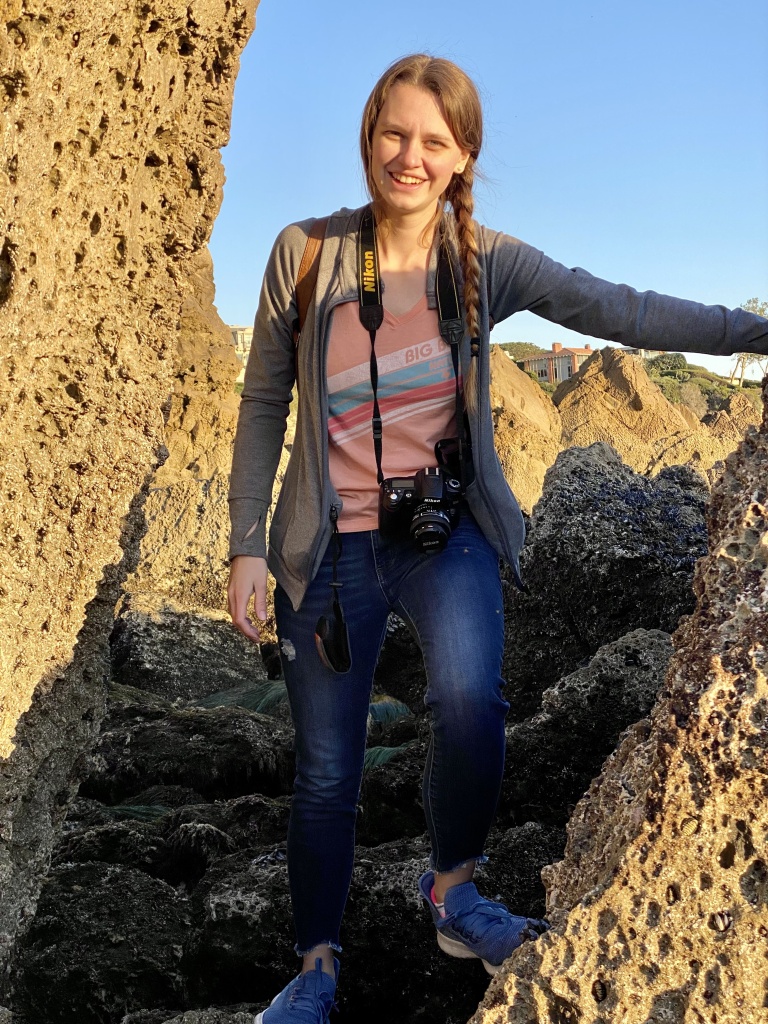
Categories
tags
Subscribe to the blog
Sign up to receive weekly emails with tide pooling information and guides so you never miss a post!

Leave a comment